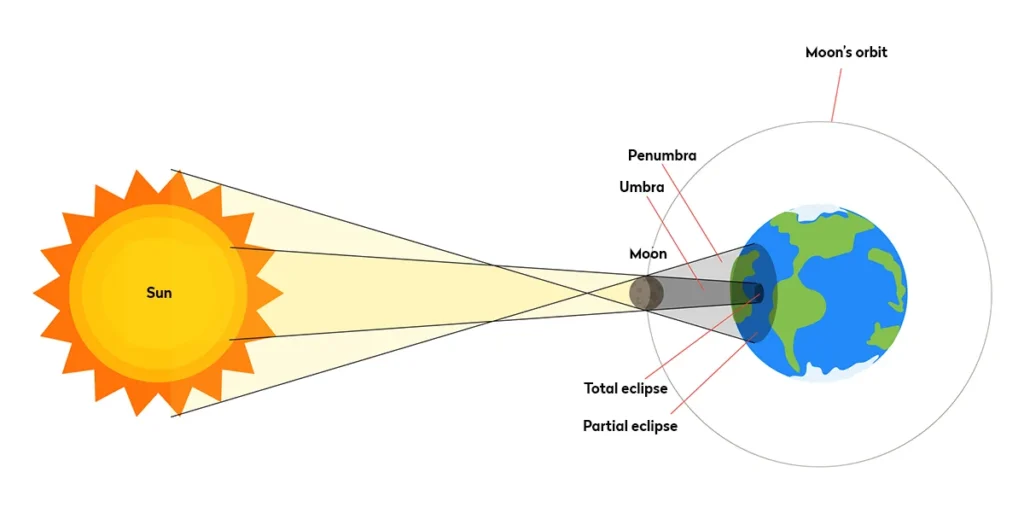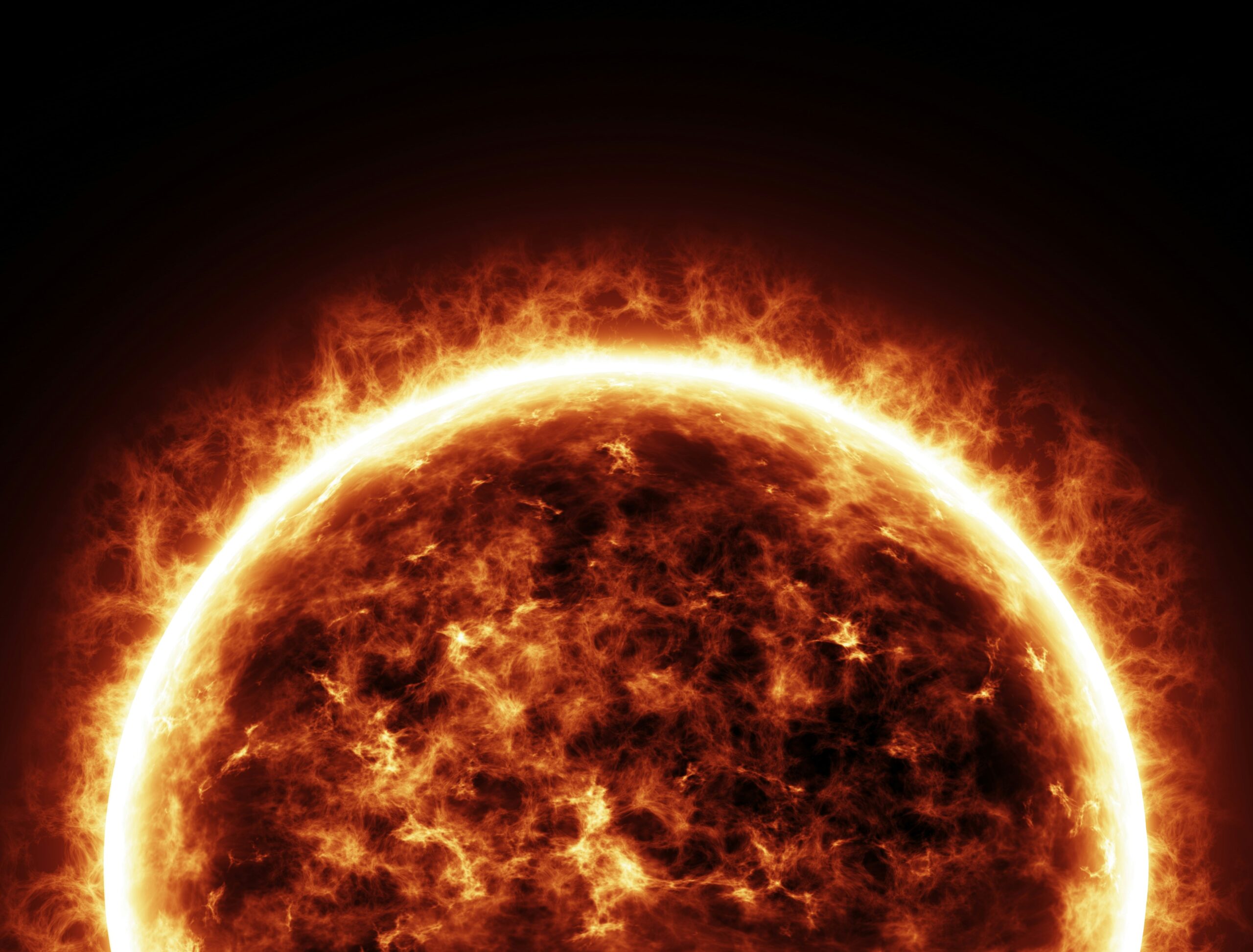Partial Solar Eclipse September 2025 is set to captivate skywatchers across the southern hemisphere. On 22 September (local time), the Moon will take a dramatic “bite” out of the Sun, creating a beautiful partial solar eclipse visible from New Zealand, Australia’s east coast, several Pacific islands, and even Antarctica.
Unlike a total solar eclipse, where the Moon completely blocks out the Sun, a partial solar eclipse only obscures part of it — creating a striking crescent-shaped Sun in the sky. This upcoming event is particularly special for observers in New Zealand, where some regions will see up to 70% of the Sun covered.
Where to Watch the Partial Solar Eclipse September 2025
The best locations to witness the Partial Solar Eclipse September 2025 will be in the southern parts of New Zealand. Christchurch, Dunedin, Invercargill, and the southern tip of Stewart Island are expected to have the highest percentage of solar coverage.
- New Zealand: The eclipse will be visible as the Sun rises, creating a spectacular dawn event. Southern New Zealand will see the Moon cover the largest portion of the Sun.
- Australia: Only the very southeastern tip of Australia will catch a glimpse of the event, and only briefly at sunrise. Coastal observers will have the best chance to see it.
- Pacific Islands: Islands such as Fiji, Tonga, Norfolk Island, and Vanuatu will experience varying degrees of the eclipse, though not as dramatic as New Zealand.
- Antarctica: Research stations will have one of the clearest views, with some locations seeing the highest percentage coverage in the world.
Partial Solar Eclipse September 2025 Timings
The eclipse will occur over several hours, with the maximum eclipse happening when the Moon covers the greatest portion of the Sun. Below are the global timings (in UTC), which translate to early morning on 22 September for New Zealand and nearby regions:
- Eclipse Begins (First Partial): 17:30 UTC
- Maximum Eclipse: 19:41–19:43 UTC
- Eclipse Ends (Last Partial): 21:54 UTC
To get precise timings for your exact location, you can use interactive maps provided by websites like Time and Date, which allow you to input your city and see the local start, peak, and end times of the Partial Solar Eclipse September 2025.

Why the Partial Solar Eclipse September 2025 Is So Special
This eclipse comes just two weeks after a lunar eclipse was visible across many of the same regions. That’s no coincidence — solar and lunar eclipses often come in pairs. When the Earth, Moon, and Sun align closely enough to create a lunar eclipse at full Moon, it’s common for a solar eclipse to occur at the following new Moon.
The Partial Solar Eclipse September 2025 is also unique because it happens at sunrise for much of New Zealand, creating striking photo opportunities as the Sun appears partially “bitten” while climbing above the horizon.
Safety Tips for Viewing the Partial Solar Eclipse September 2025
Watching a solar eclipse is an unforgettable experience — but it must be done safely. Looking directly at the Sun, even during a partial eclipse, can cause permanent eye damage.
Here’s how to safely enjoy the Partial Solar Eclipse September 2025:
- Use Certified Eclipse Glasses – Only wear ISO-certified solar eclipse glasses from reputable suppliers. Regular sunglasses are NOT safe.
- Inspect Your Glasses – Ensure there are no scratches or damage before using them.
- Try Projection Methods – If you don’t have eclipse glasses, you can project the image of the Sun onto the ground using a colander, pinhole projector, or even by looking at the dappled light through tree leaves.
- Solar Filters for Telescopes – If using binoculars or telescopes, make sure they are fitted with proper solar filters before looking through them.
- Supervise Children – Young observers should be closely supervised to ensure they view the eclipse safely.
Science Behind the Partial Solar Eclipse September 2025
Solar eclipses occur when the Moon passes between the Earth and the Sun during its orbit. In the case of a partial eclipse, the Moon doesn’t perfectly line up, leaving part of the Sun’s disk visible.
Because of the tilt of the Moon’s orbit, solar eclipses do not happen every new Moon. But when the alignment is just right, viewers on Earth get treated to a partial, annular, or total eclipse. The Partial Solar Eclipse September 2025 is one of several eclipses happening in this decade, and astronomers consider it a prelude to several spectacular eclipses in the coming years.
Tips for Photographers During the Partial Solar Eclipse September 2025
If you want to capture stunning photos of the event, keep these tips in mind:
- Use a solar filter on your camera lens to protect your equipment and your eyes.
- Try including foreground elements like mountains, trees, or buildings for dramatic sunrise shots.
- Use a tripod for stability, especially during low-light sunrise conditions.
- Experiment with different exposures to capture both the Sun and the surrounding sky.
Don’t Miss the Partial Solar Eclipse September 2025
Whether you are an astronomy enthusiast, a photographer, or simply curious about celestial events, the Partial Solar Eclipse September 2025 is a rare opportunity to witness the wonders of the cosmos.
From New Zealand’s South Island to remote research stations in Antarctica, this event will draw skywatchers out early in the morning to see the Moon and Sun align in a cosmic dance. If you’re in the path of visibility, set your alarms, get your eclipse glasses ready, and enjoy one of the most spectacular natural phenomena of the year.
Source: BBC Sky at Night Magazine – Partial Solar Eclipse 22 September 2025


